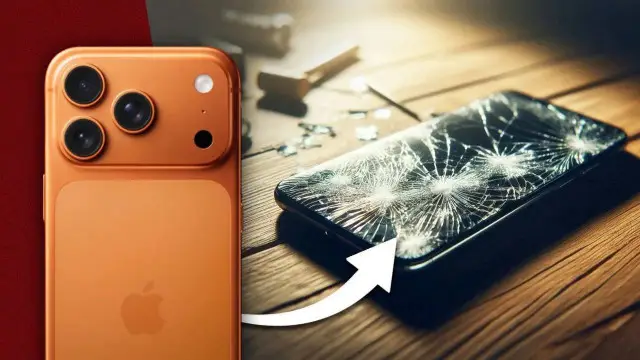What’s in a Lipstick Number? Unraveling Their Hidden Meaning
Ever noticed the numbers etched on your lipstick tube and wondered what they mean? These seemingly random digits play a crucial role in the world of cosmetics, serving as a unique identifier for each shade.

Lipstick numbers, those small digits etched on cosmetic packaging, carry significant meaning for beauty enthusiasts. Far from random, these codes serve as a universal identifier, helping customers pinpoint their favorite shades with ease, especially in the fast-paced world of online shopping. As of June 27, 2025, with e-commerce dominating beauty retail, these numbers also reinforce brand identity, ensuring a seamless purchasing experience and fostering customer loyalty.
The Role of Lipstick Numbers
Lipstick numbers act as a unique code for each shade, simplifying identification across diverse product lines. Unlike poetic shade names like “Crimson Dream” or “Blush Whisper,” which can be hard to recall, numbers like “305” or “17” offer a precise, memorable reference. This system is invaluable when shopping online, where swatches may vary due to screen settings. Customers can confidently repurchase their go-to hue by entering the number, bypassing confusion caused by forgotten names or similar-sounding shades across brands.
Enhancing the Shopping Experience
The rise of e-commerce has made lipstick numbers a game-changer. Beauty platforms now allow users to search by shade number, streamlining the process of finding exact matches. For instance, a customer who loves a brand’s “Shade 204” can quickly locate it on websites or apps, even without recalling its name. This efficiency reduces frustration and enhances trust in online purchases, where physical testing isn’t possible. Retail staff also rely on these numbers to assist customers, ensuring accuracy in busy store environments.
A Brand’s Unique Signature
Beyond practicality, lipstick numbers contribute to a brand’s identity. Each company assigns numbers in a distinct way—some use sequential digits, others incorporate codes reflecting finish or collection. For example, a brand might use “100” for matte reds and “200” for glossy pinks, creating a recognizable system. This uniqueness helps brands stand out in a crowded market, fostering loyalty among customers who associate specific numbers with their trusted products.
A Beauty Essential
Lipstick numbers are more than a technical detail; they’re a bridge between creativity and convenience. By simplifying shade selection and reinforcing brand identity, these codes empower consumers to navigate the vibrant world of cosmetics with confidence, whether online or in-store.

















